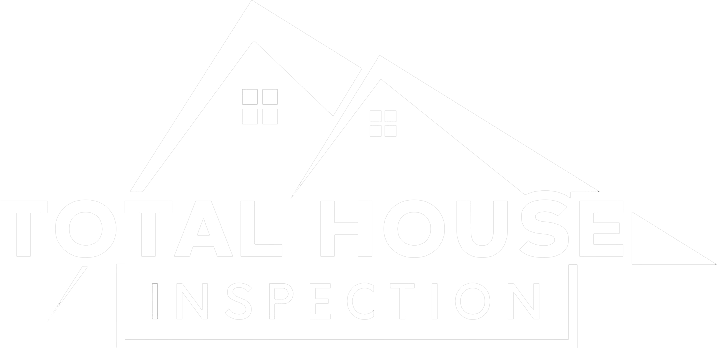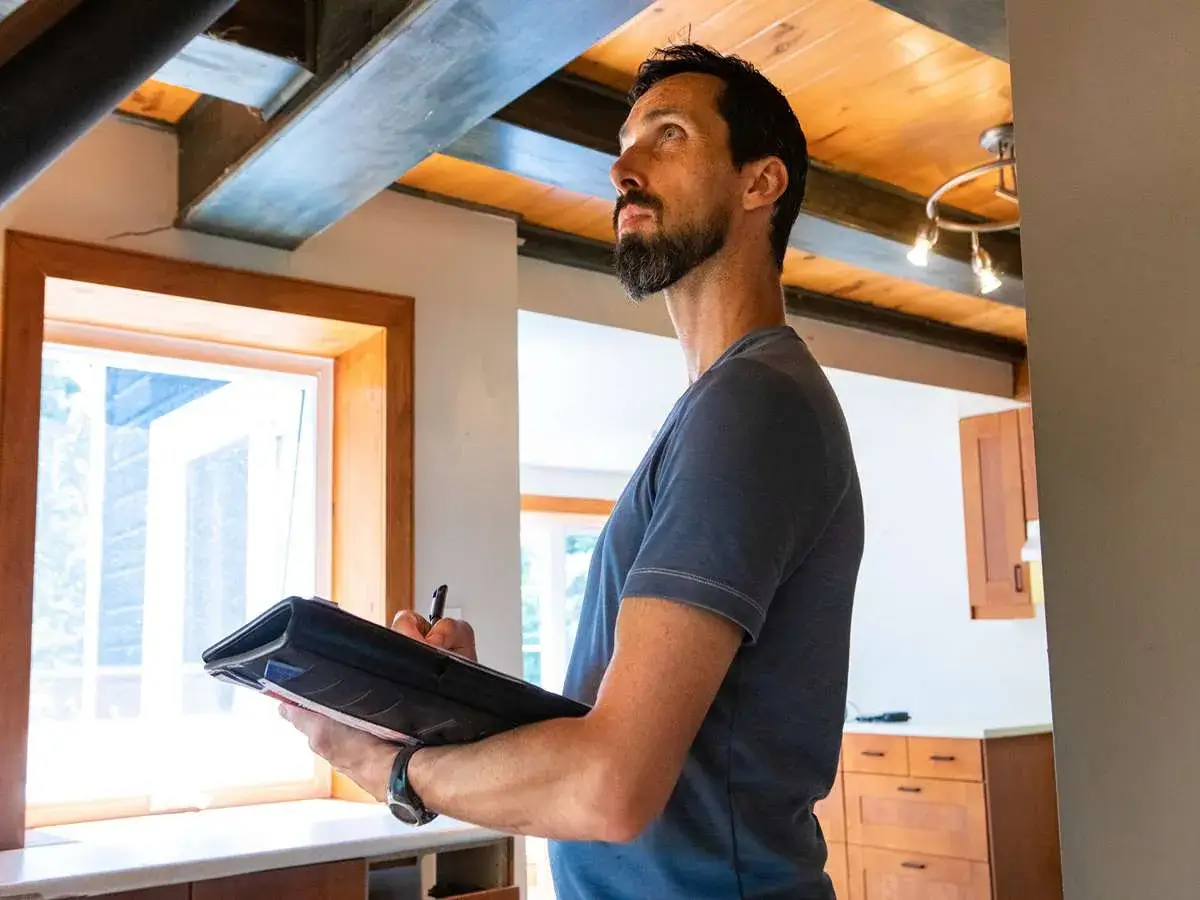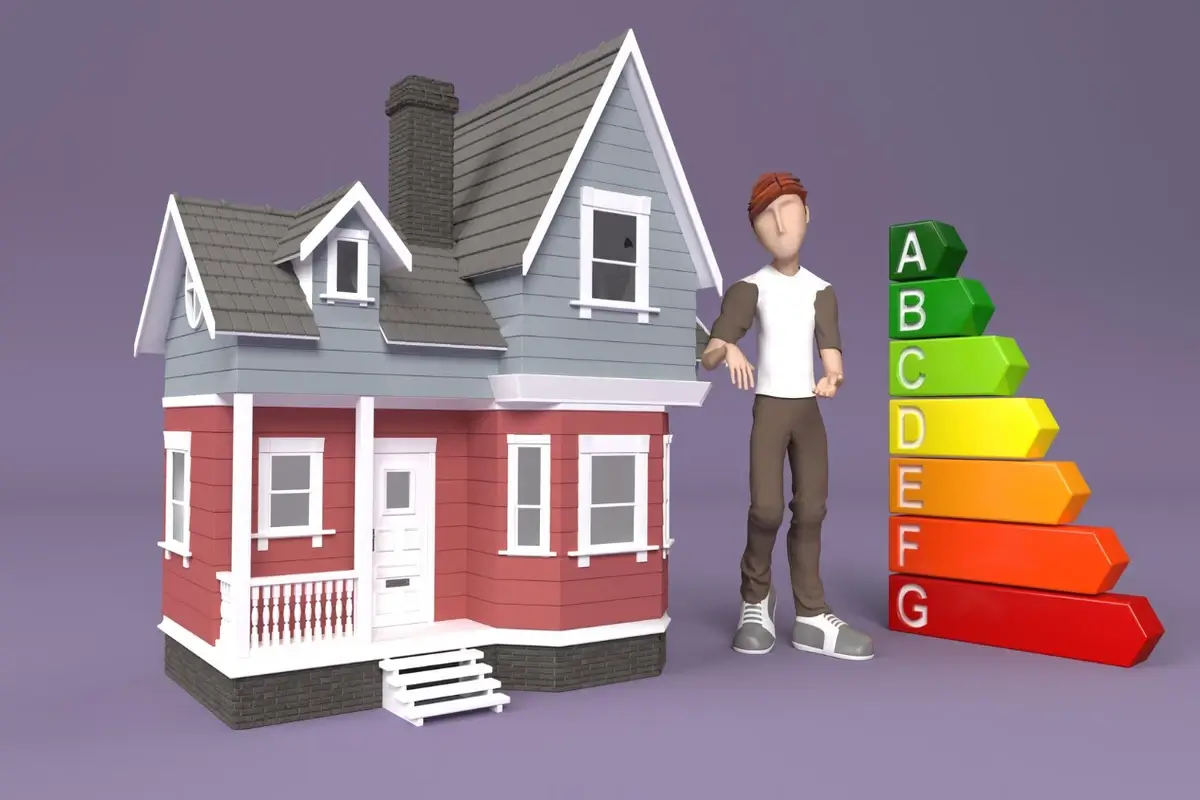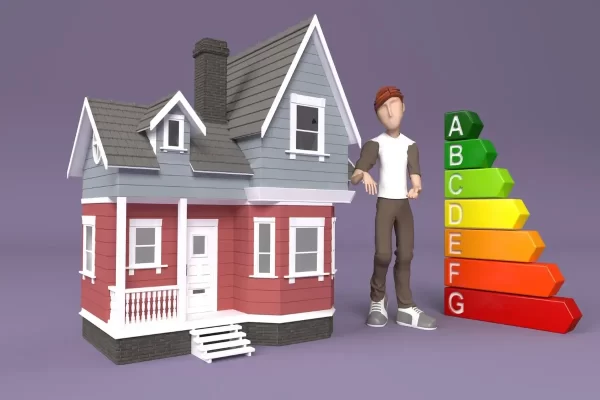You’re done with your home inspection, and your inspector has left after giving you a home inspection report.
It’s like an X-ray of your house, but how do you read and analyze that inspection report?
At first, it might seem confusing, but once you understand the report, you can differentiate between larger and smaller issues. This will save you from staking thousands of dollars.
One smart move you can make is to ask for a home inspection report example from your inspector. But there are other tips, too.
In this blog, we’ll discuss what you can expect in the report for your house and how to analyze that.
Basic Details About the House and the Conditions of the Inspection
The starting pages of the report will provide you with essential details such as the property address adherence to the state’s standards of practice for inspections. It’ll also include information about the home inspector and a comment key or definitions section.
This can guide you whether you’re buying or selling the property. This will help in comprehending the meaning of each element within the report.
It includes symbols or codes consistently used throughout the report to indicate the severity of identified issues.
Common codes encompass codes such as:
- “S” for Safety Concern
- “R” for General Repair
- “D” for Defect
- “I” for Inspected
- “NI” for Not Inspected
- “NP” for Not Present
These codes will help you comprehend the condition of inspected items, from safety concerns needing immediate attention to non-functioning elements requiring correction.
Additionally, the inspector details the weather conditions on the inspection day, identifies present individuals, and notes any inaccessible areas.
Assessment of Systems and Components
The basic of the report delves into every aspect of the property, evaluating from the branches around the exterior to any discoloration found in the ceiling corners.
This section provides in-depth details about each identified issue, explaining the nature of the problem and suggesting the inspector’s recommended course of action.
The primary focus of the home inspector is on elements that impact the overall functionality and safety of the home. Key areas such as the roof, HVAC system, A/C system, electrical, and plumbing are prioritized.
Additionally, the inspection includes a thorough examination of termites and wood-destroying organisms. While the home inspector may not be a licensed expert in every home system, they excel in highlighting observations that may pose safety concerns, lead to further damage, or require basic repairs.
Pictures of Reported Problems
After identifying an issue, the inspector captures a photo to document it within the report. You and your real estate agent rely on these photos during the review and negotiation process.
Additionally, a thermal imaging radiometer will also be used to identify sections of the interior and exterior. This exploration will reveal potential problems related to moisture, electrical components, ventilation, or insulation.
If necessary repairs are highlighted, you can promptly refer to the photos for instant identification. These images also serve as a reference point after any requested repairs to ensure the tasks have been satisfactorily completed.
Summary and Rating for Each Issue
On the report’s final pages, the inspector will provide a summary of identified issues, each of which will also have a symbol or rating. This facilitates easy reference to reported issues without sifting through numerous pages.
During negotiations, you can use this summary to back up your points, which is why the summary holds significant importance.
Issues categorized as safety concerns and defects give the buyer more negotiation leverage. While general repairs are considered a lower priority. This streamlined overview streamlines the negotiation process by highlighting key concerns for effective communication between you and the seller.
Keep These Tips In Mind When Reading the Report
Focus On the Summary Page
The key is to read the summary first.
Before you read the entire report, it’s better to stick to the summary page and know what you can expect.
This also saves you from getting confused right at the start.
You’ll learn about all the necessary details (summarized version) of every aspect of the house. Furthermore, you’ll also find the main causes for concern and suggested repairs on these pages.
You and your realtor might want to focus on these pages when negotiating for repairs.
Skip to the Details
Once you know the report, you’ll be ready to cater to it in detail.
You can then start reading the report in detail and understand the severity of the issue in detail. In most of the inspection reports, you’ll find additional page numbers listed on the summary page. This refers to where you’ll be finding more details about the repairs.
For a more comprehensive understanding, these pages will also include pictures (wherever those could be added).
Remember the Scope
The scope of the inspection is highlighted in the report as well, but just in case, you should remember it.
Also, acknowledge the fact that an inspection report serves as a summary of potentially noteworthy repairs that should be budgeted for in the near future.
So, there may be additional significant improvements beyond the scope of this inspection that could also be deemed necessary.
Give it a Thorough Read-Through
Once you’ve addressed the major aspects, take the time to review the entire report thoroughly. We advise all home buyers or sellers to engage in this process to inquire and gain a comprehensive understanding of the home’s condition.
Ask Questions
Ask your inspector about any confusion you have regarding anything in the report. They’ll then review the results with you and guide you through until you’re fully satisfied.
Determine How to Proceed
Now that you’re satisfied with the inspection report and know (almost) everything about the property, you can decide what to do.
Usually, you’ll have three options. First, move forward with the deal. Second, ask the seller to negotiate the price. Third, back out of the deal.
Whatever you choose, ensure it’s your best decision, as it’s about investing your life savings.
Conclusion
Buying a house is a major investment, yet conducting due diligence is crucial to securing the finest property. A home inspection is essential to identify any potential issues that could lead to significant challenges in the future.
It’s important to carefully review and comprehend every detail in your home inspection report. If the report reveals no issues, you can confidently transition into your new, long-term home, assured that it has a robust structure without major problems.
Secure your peace of mind with Total House Inspection. Schedule your comprehensive inspection today to thoroughly understand your property’s condition. Your home, our expertise – ensure a sound investment with Total House Inspection.










